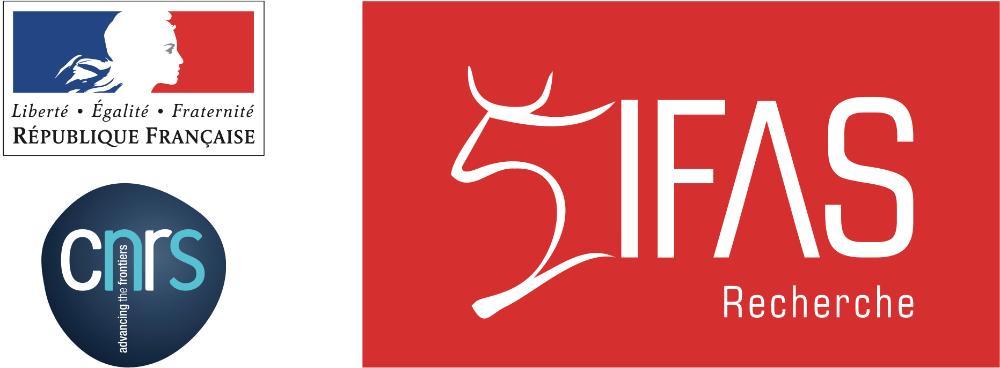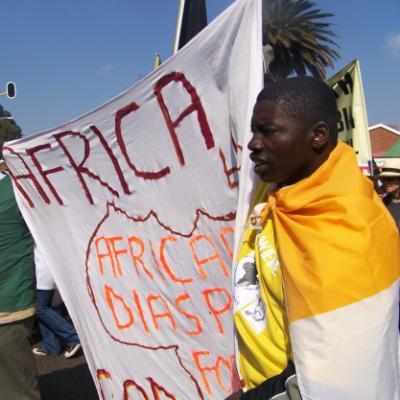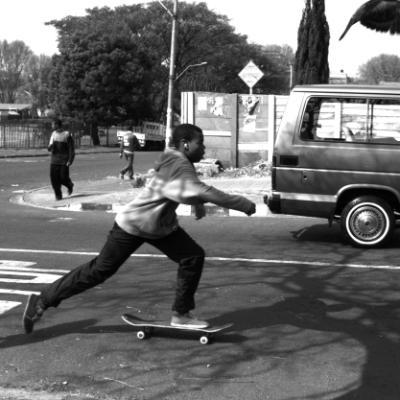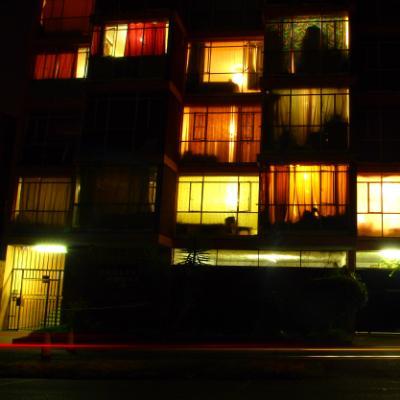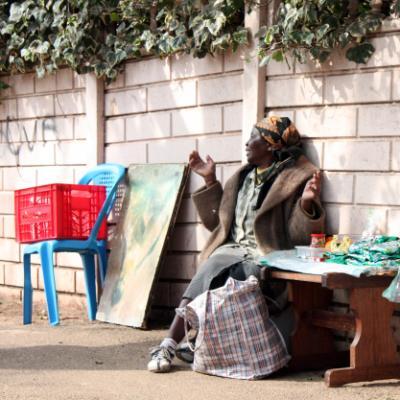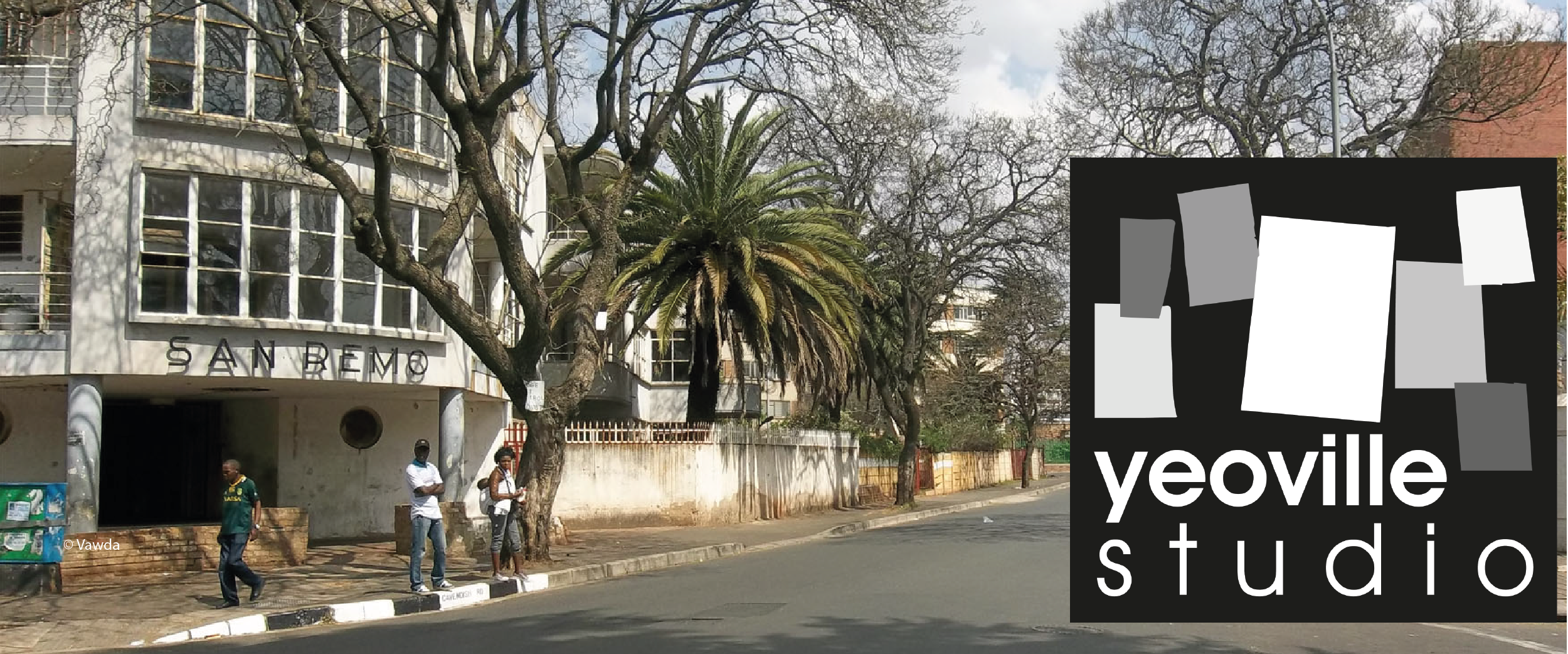
YEOVILLE STUDIO
Yeoville Studio was a two-year community-oriented research and teaching initiative, driven by a collaboration between Wits School of Architecture and Planning, and civil society organisations in Yeoville between 2010 and 2012.
It aimed to:
- Train students to engage with communities in understanding and producing the city;
- Produce innovative research through a multidicisplinary approach grounded in, and focused on, a specific neighborhood; and
- Produce applied research that is of relevance and use to partnering local communities or stakeholders.
The Studio was supported by Wits University, the School of Architecture and Planning and its research center, the Center for Urbanism and the Built Environment, and the French Institute of South Africa-Research (IFAS-Recherche).
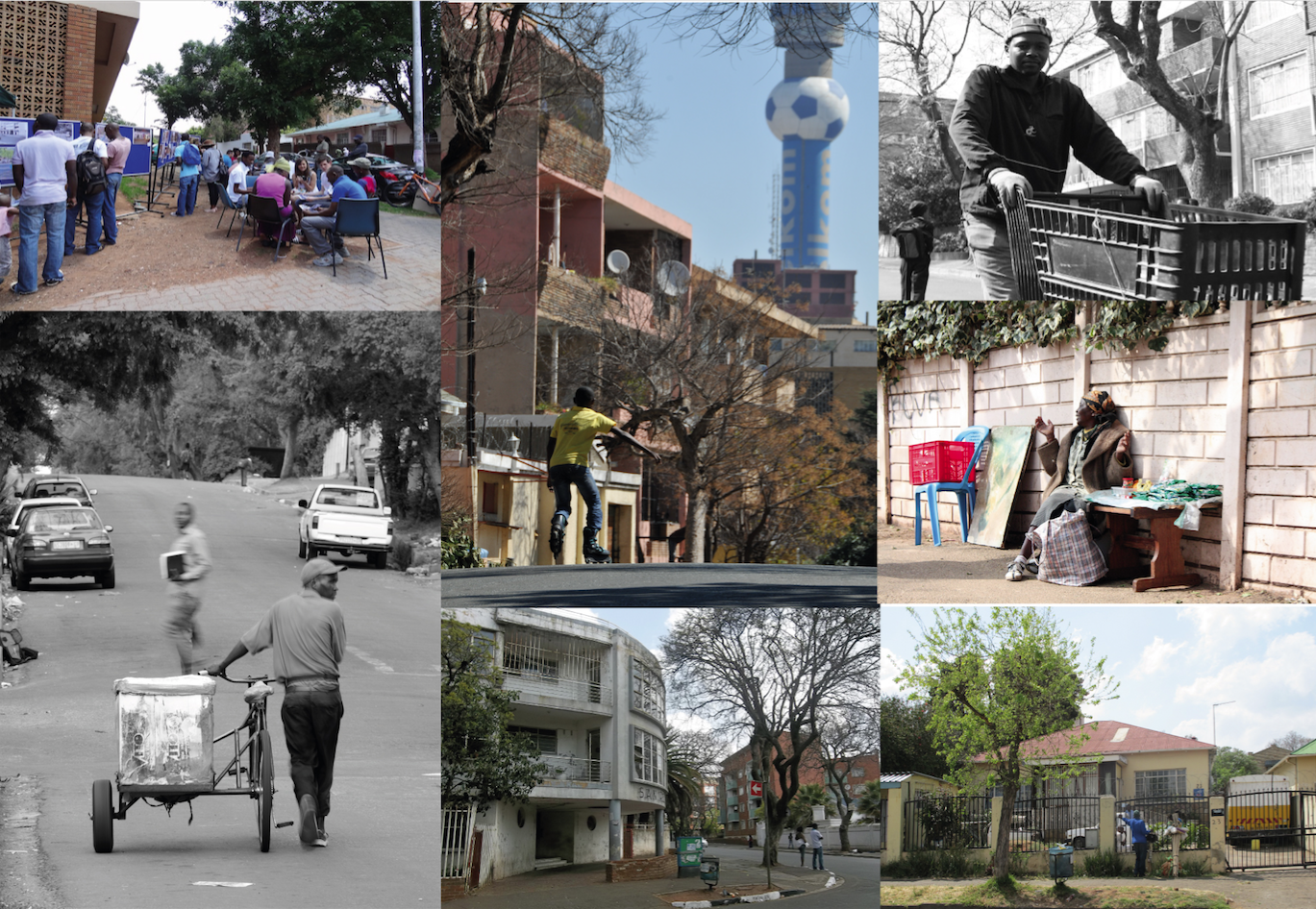
This website, constructed by Alexandra Appelbaum and Claire Bénit-Gbaffou in 2019, sponsored by IFAS-Research, has the following objectives:
- It constitutes an organised archive for a vast amount of knowlegde produced on Yeoville by Wits students & staff as well as Yeoville communities, during the Studio;
- It complements the book, published by Wits Press in 2019 and focused on academic reflections on the Studio, by adding more detailed stories, more diverse voices and images to the book's stories;
- It reflects on the making of the Studio, its pedagogic and political architecture, its process and the variety of its productions, thereby sharing experiences with academics and activists interested in community-engaged research initiatives.
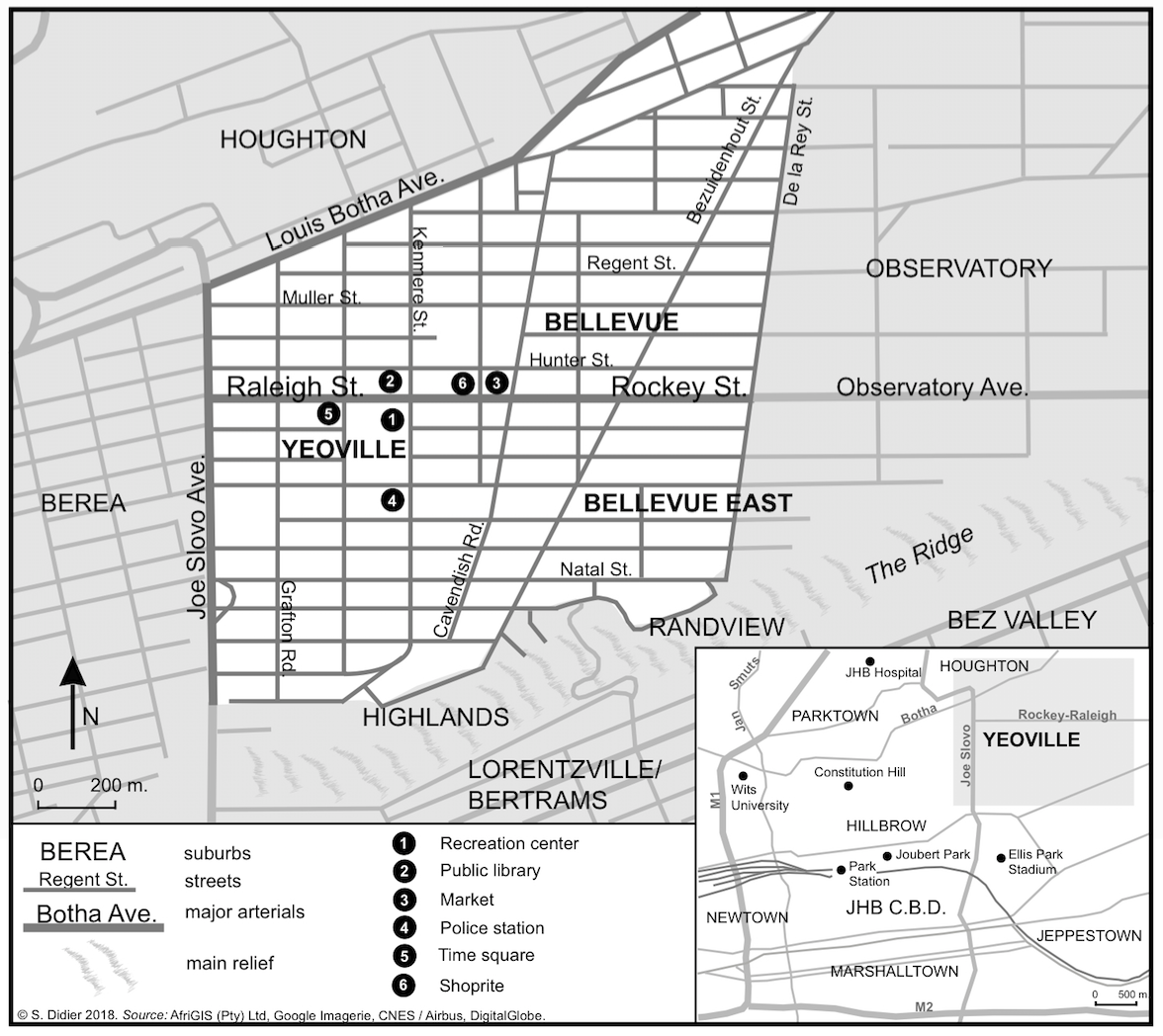
Greater Yeoville (hereafter Yeoville), encompassing the suburbs of Yeoville, Bellevue and Bellevue East, is a peri-central area, located north east to Johannesburg CBD. Bounded to the South by a non-urbanised ridge, to the North by Louis Botha avenue, it is organised around a high street, Rockey-Raleigh street, where public amenities (the recreation center, swimming pool, library) and shops and market are concentrated. The neighborhood consists of small-scale buildings and densified bungalows, and this contrasts with the neighborhing areas - high-rise Hillbrow and Berea to the west, or suburban Observatory to the east. A popular neighborhood, it has a long story of mobility and migration, currently attracting migrants from South Africa, and international migrants from the continent - francophone Africa, but also Zimbabwe and Ethiopia.
